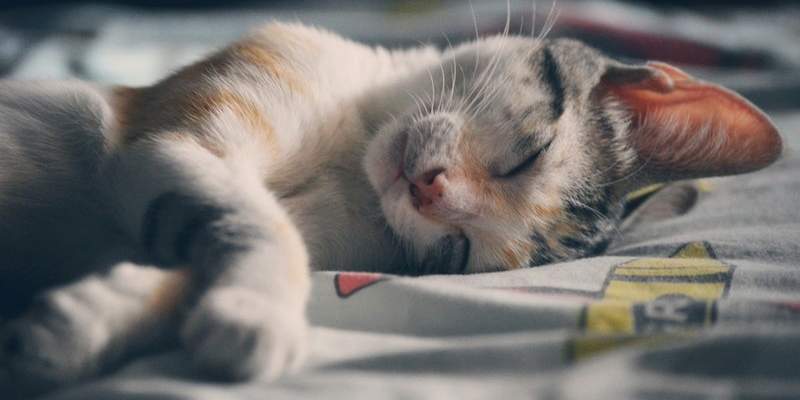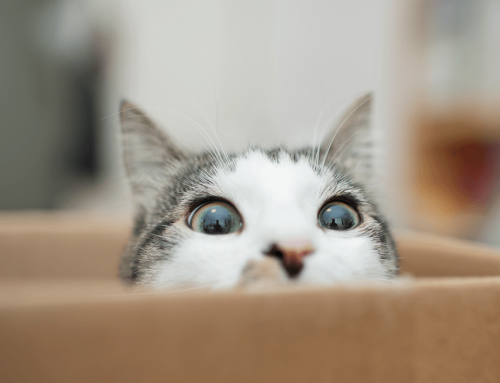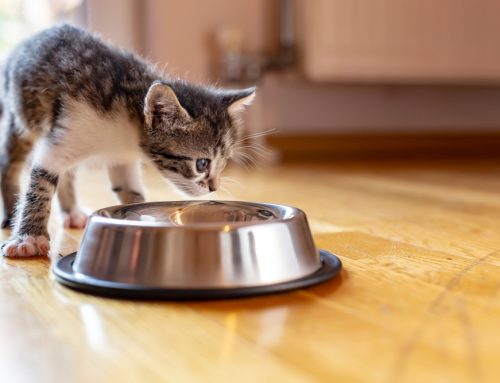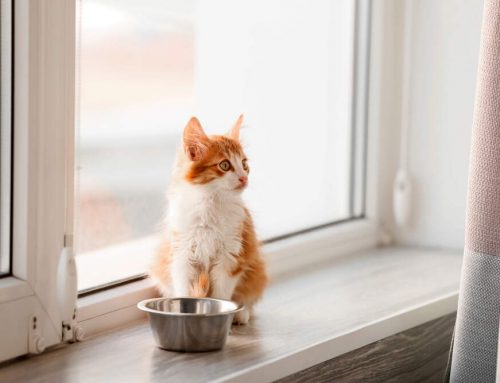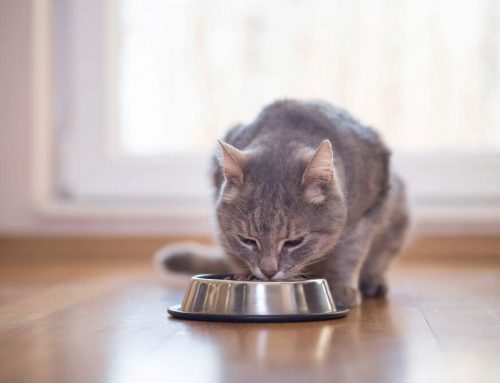People have been making New Year’s resolutions for over 4000 years. Although the tradition means something different to everyone, a lot of us commit to work toward a new or healthier habit at the start of each year.
Why not share this motivation with your cat and make a few goals they can appreciate, too? A new year is a great opportunity to reevaluate various aspects of your cat’s health, including grooming schedule, weight goals, and vet budget.
Grooming Schedule
Cats have pretty effective grooming tools built into their bodies. Unless something sticky or stinky needs a deeper cleaning, they do a good job maintaining a healthy coat on their own. It’s still important to establish a regular grooming schedule so your cat grows accustomed to treatments that’ll keep shedding at bay.
Finding the best cat grooming schedule takes different research based on breed. With the power of the internet, consultation from your vet, and some tips from the pros, your kitty will have a healthy, shining coat in no time. But as most cat owners know, there’s more to home grooming than maintaining healthy fur. Add ear, nail, teeth, eye, and paw care, and you’ve got a long list of grooming to-dos cat owners need to master.
Here’s how to groom your cat and why it’s important:
- Ears: When wax builds up in your cat’s ears it can lead to swelling and possible hearing problems. Their ears should be cleaned every two to three months, depending on breed and living conditions. This includes both an outer and inner ear exam followed by a brief cleaning using a solution recommended by your vet.
- Eyes: Checking that your cat’s eyes are healthy should only take a minute or two. Position their eye in a light and search for cloudiness in the pupil or inflammation surrounding the eyeball. Wipe away any crust with a damp cotton ball. You should do this at least once a week, or more if your cat is prone to allergies.
- Nails: For most cat owners, nail trimming is the trickiest part of grooming. If you’re new to the process, start by purchasing nail clippers specifically for cats and identify the “quick”, otherwise known as the pink part inside the nail visible from the outside. This is where the nerves and blood vessels are. Do not trim your cat’s nails so short that the quick is compromised. It’s better to not trim enough than to trim too much. But if you do happen to cut too short and your cat’s nails begin to bleed, use styptic powder to stop the bleeding. Cutting cat nails may be a difficult part of the home grooming process, but it will prevent painful or broken claws.
- Teeth: Brushing your cat’s teeth a few times a week may save you from daily brushing and other cat health toils in the future. Gum disease can progress quickly and is difficult to reverse. If you notice your cat drooling excessively, dark red lining around the gums, swelling, a loss of appetite, or difficulty chewing food, see your vet for an exam.
- Paws: The pads of your cat’s feet are sensitive and need to be cared for properly if your cat wants to continue landing jumps off the furniture. If you live in a drier climate, research moisturizing options for your kitty’s feet. If your cat goes in and outside freely, do a quick paw wipe-down a few times a week to check for wounds, rash, and to keep things cleaner around the house.
- Coats: A good cat hair brush will strip dead hair, grease, and dirt from the coat. If done properly, it can also support blood flow. But grooming your cat’s coat is more than a treat for them; it may support future digestive problems. How frequent you should be brushing depends on the length of your cat’s hair.
Healthy Weight
Everyone loves a big, cuddly cat. But as your kitty packs on the pounds, consider the strain over time the hip joints and legs will take on. Sadly, most breeds have an easier time gaining weight than they do losing it, which can make this cat health resolution the hardest to achieve. Most healthy domestic cats should weigh somewhere around 10 pounds. However, some breeds stray far from this average. For example, a Maine Coon can weigh more than 20 pounds and be healthy.
Start by weighing your cat to compare their weight to a breed average. If you think it might be time for a diet, consult your vet for tips. They can recommend a different eating schedule, smaller portions, or even a new brand. Cutting back on treats and promoting exercise are a few other solutions you can implement on your own.
Vet Budget
Pet owners can face some serious bills after visiting the vet. It’s important to prepare for these expenses by saving and investing in preventive services. Scheduling annual visits with your vet is a must, but there are several other considerations you can take.
Establishing a pet budget is the best approach. Start by lining out monthly and bi-monthly recurring expenses (food, treats, groomer, medications, etc.) and estimate costs for each. These will operate as a fixed cost and won’t need to change much.
Next, consider the size, age, and breed of your cat when examining vet bills. For older cats, set aside more money for potential illnesses, surgeries, or new medications. If the breed of cat you have is likely to suffer from kidney failure, ringworm, or another illness, educate yourself on preventive medications and practices.
Home grooming, healthy diets, and budgeting might feel like a lot at first, but having a happy, healthy kitty is well worth it in the end.

